|
Yes, I know, I’ve heard it before. How can we be creating a simpler life and have a backyard pool? And it's a heated pool too! Well of course for us it’s simple! This is our BIG family vacation. You know that big vacation some families take? The one that costs upwards of a few thousand dollars for a family of four? Well, this is our BIG vacation and so far it has lasted us 10 years! Having backyard animals and a garden it is hard to get away for anything more than a few days at a time so we invested our 'vacation' money into a backyard heated pool that we have never regretted, especially when we jump right in after weeding the garden on a hot day! And despite the initial investment, the pool does NOT have to break the piggy bank every summer, especially when it comes to the amount of energy it uses. After extensive research I have learned that by making a few simple changes we should be able to save approximately 600 kWh this summer alone! So what did we change that will save both energy and money? HOW LONG DOES THE PUMP OPERATE EACH DAY? In my research to find ways to decrease the cost of running our pool I learned that most people are running their pool filter far too long every day. The goal is to pump all of the water in your pool through your filter once every 24 hours. In order to figure out how long that would take I needed to answer a few questions first:
OUR POOL AS AN EXAMPLE: Our pool holds 23,000 gallons (Pool Volume Calculator). Our 1.5 HP pump and our filter both have a flow rate of 120 gpm (We had to use the Jandy Model PHPU1.5 manual to figure out the flow rate for the pump.). Note that if your pump and filter do not have the same flow rate, then use the lower of the two, however they should be perfectly matched if the system was properly designed. Math: 23,000 gallons/120 gpm = 192 minutes, or 3 hrs 12 minutes minimum run time per day Our pump was set to run from 8 AM to 4 PM every day. Yes, it was set at 8 hours a day as advised by our pool installer! So now we are running it 4 hours instead of 8 hours per day. Why 4 hours and not 3.2 as calculated? Because the California Energy Commission recommends the following:
HOW MUCH ENERGY CAN BE SAVED? Saving money by using less electricity was the goal so of course I have to know exactly how much will be saved! How many horsepower (HP) is the pump?
WHAT ABOUT THE HEATER? We have a heat pump which is actually a very energy efficient way to heat the pool. However it works most efficiently when the air is warmer. For this reason we set our pump to run between the hours of 11 AM and 3 PM (generally the warmest time of the day). Of course there are times that we will override the system and keep it running longer if we want to get the temperature of the pool water higher or if we have a lot of people swimming. Note that if the pool is at the desired temperature the heater automatically shuts off which is part of what makes it so efficient. WHAT ABOUT THE ELECTRIC BILL? Since the heat pump is connected to the same timer as the filter system, the amount of time the heater runs was also decreased by four hours saving an additional 1.5 kWh per day. That brought our savings to an average of 6 kWh/day. Multiply that by how many days the pool is open (about 100 days) and we are saving about 600 kWh’s over the course of the entire summer season. At a total annual electricity usage of approximately 12,750 kWh last year, that is a savings of 4.7%! Definitely worth it J A FEW MORE TIPS ON SAVING $:
Watch how we open our own pool every year! It saves money and is really not that difficult :-)
0 Comments
If you love eating raspberries it really is worth it to grow your own. They are simple to grow, healthy to eat and will save you money too! Three years ago we planted two small raspberry bushes. Today, we are picking about 3-4 pints of berries a week! They are so easy to grow and they produce so many berries! They are eaten right off the bush, added to salads or smoothies, frozen to be used over the winter, and even shared with our chickens (They are one of their favorite treats!).
WHEN & HOW TO PLANT THEM:
GROWING YOUR OWN SAVES MONEY!
Tired of all those nasty chemicals? Interested in something more natural? Well here is a recipe we use to battle the bugs that uses all natural essential oils. If you're not sure what essential oils are, they are basically natural oils usually made by distillation of specific parts of a plant (bark, leaves, stems, etc.). The resulting oil will have the fragrance and the useful properties of the plant it was extracted from. Essential oils should not be taken internally. When applied to the skin they should generally be diluted. The recipe shown will make approximately 4 ounces at a 3% dilution. Aside from the essential oils and witch hazel, you will also need a mini funnel and a 4 ounce spray bottle (preferably amber colored to preserve the essential oils) to make this simple recipe.
Cost effectiveness: It will cost approximately $45 initially (including the funnel & spray bottle), however, you will have enough supplies to make the 4 ounce repellent mixture 24 times - thats 96 ounces total! Thats only .45 cents per ounce and if you do not get the funnel and spray bottles, it will cost even less :-) Compare:
Note that the All Terrain brand includes many of the same ingredients as our homemade recipe (with a few extra), however our recipe, though it costs more initially, is actually less money in the long run. How many of us really only use one bottle of bug spray over the summer? Saving money by making the repellent yourself is awesome. Being healthier by NOT putting potentially harmful manmade chemicals on yourself and your family is PRICELESS. If you are interested in more information on using essential oils check out "Do-It-Ourselves: Essential Oils."
I don't even use regular dish soap in my home anymore (I use Dr. Bronners liquid castile soap instead.). However, after much research, and despite the fact that there are some concerns regarding the environment, I still think using the dish soap is the lesser of two evils when compared to the commercial brand weed killers. I would choose to have a tablespoon of Dawn dish soap infiltrate into my groundwater rather than RoundUp’s potentially carcinogenic ingredients. I have modified the recipe to work with a smaller 1-liter pump sprayer as making a gallon or more of the product seemed wasteful (I do not see myself using it that much plus the large sprayers are expensive and need to be stored somewhere.). Instead I purchased a 1-liter pump garden sprayer (50% off) at RiteAid for $3.99 plus tax. Also, after much research regarding the ingredients and their purposes, I have determined that this homemade weed killer should only be used on weeds in the patio or driveway or anywhere far away from plants and soil I do not want to harm. In my gardens I will continue to maintain the weeds by pulling them by hand or raking.
I added the ingredients to a 1-liter pump sprayer and let it sit until the next morning. Before work I sprayed the weeds on a small patio made of rubber tiles (made from recycled tires!). I returned home 8 hours later and the weeds were DEAD! Using just a strong bristle brush/broom I was able to sweep the weed away! The weed killer was a success and definitely saved me MONEY and I still have plenty of the soap left for future batches of weed killer ☺ A couple of last minute pointers:
We have raised backyard chickens for about five years now. Our first group of chickens were already full grown when we brought them home about five years ago so they really required nothing but food, water, and a safe place to live and sleep. We only have one of those original chickens still living so we decided it was time for more so this spring we brought home four baby chicks that were only four weeks old and that meant we had a lot to learn in order to take care of them properly. The first thing we learned was that they still needed heat. For the first week of a chicks life the temperature needs to be about 95 degrees. The temperature can be decreased by five degrees every week after that so this meant that at four weeks old they still needed to be kept at a temperature of about 80 degrees. Considering the temperatures were still dropping every night this meant keeping the heat lamp on them for a while. Lucky for us this was not a problem since we already had the heat lamp set up in the coop from the winter.
Having backyard chickens is a wonderful experience that we have never regretted. The only thing left now is to wait about 3 more months for them to start laying eggs...
If you are interested in raising chickens or learning more about raising chickens, my favorite resource is a website called BACK YARD CHICKENS. They have all the information you need to learn just about anything and everything related to raising backyard chickens.
Is your refrigerator using too much electricity? Recently, my PSEG electric bill came with an advertisement that said "COOL SAVINGS ARE HIDING IN YOUR REFRIGERATOR." Basically, if our refrigerator is working, purchased before 2006, and between 10 and 30 cubic feet, we can get a $50 reward for having them pick it up for FREE.
When this offer came with our bill we had already been looking to replace our old refrigerator. I should say our really old refrigerator since it actually came with the house when we purchased it in January 2001 and even though it is only 14.8 cubic feet, it was using 1020 kWh’s per year to run! We found out how much energy it was using from a handy little machine called P3 International Kill A Watt that plugs into an appliance and allows you to see the amount of kWh's over time (also called an energy use monitor).
Thankfully, an energy sucking refrigerator is an easy problem to solve – replace it! After some research and shopping around we found the best deal to be a similar 14.56 cubic foot Frigidaire on sale for $439.97 at PC Richard that only uses an average of 336 kWh’s per year. There was also a $30 rebate offer! They did want to charge us $50 for delivery, however the refrigerator was only 220 pounds shipping weight so we did it ourselves. The final price after deducting the two rebates: $359.97! (Not including taxes of course…)
The new refrigerator should save us about 686 kWh’s per year. At PSEGLI Rate 180 Residential/General Use that is approximately .18 cents per kWh (of course not including fees and taxes). So at 686 kWh’s less per year we are saving approximately $123 (More as they raise the rates each year, but we don’t want to think about that.). The savings may be less if you live where electricity is not so expensive, but here on Long Island, the refrigerator will pay for itself in less than three years – maybe sooner if it keeps our food fresh longer! And, of course the best part is that using less energy benefits the Earth :-)
Now I just have to wait for the two rebate checks to arrive…
A FEW TIPS FROM CA.GOV IF YOU'RE THINKING ABOUT BUYING A NEW REFRIGERATOR:
Note that these tips have been shortened for convenience and that the website provides a lot more specifics.
Before you buy check out the ENERGY STAR REFRIGERATOR SAVINGS CALCULATOR to see what your savings may be if you upgrade!
Find additional information about Energy Star Labels, calculating kWh's of appliances, energy monitors and more at ENERGY.GOV.
You need a place for the bean plants to grow. They can grow very high (up to 12’). Two methods that I have personally tried are the following:
Once you have the seeds and the poles or trellis, you can plant! We till the dirt along the bottom length of the pole design, mix in some sweet peat, and then plant one seed every three inches about a half-inch deep. Water every other day and reap the rewards in about 2 months!
Picking tip: Pick them when they are relatively small (3-4 inches long) – they taste better and they will actually produce more beans the more they are picked! At the end of the season, allow some beans to remain on the vine and grow larger. These will eventually be harvested to plant for next year. The longer they stay on the vine, the stronger the seeds will be for planting next year :-) Living on Long Island is expensive and because of that can tend to be very stressful. My husband and I live on Long Island and although we both work more than one job each, paying the bills every month can sometimes be a struggle, especially while also trying to save for our retirement. Despite the fact that we do plan to move upstate when we retire, for the time being we are here and we are doing our best to make the most of it.
In order to live a simpler, happier and healthier life here on Long Island we strive to do the following: · Pay down debt · Decrease monthly bills · Put aside money for now and for our future · Save money shopping · Garden for food and pleasure · Raise backyard chickens for eggs · Use essential oils for home cleaning products, insect repellents and more · Undertake Do-it-yourself projects and crafts in and around the home We feel that all of these things, and more not even mentioned, help us to live a happier and healthier life, especially here on Long Island. However, we believe that they can help anyone living anywhere at any time as well. Many things that we do to help ourselves can already be found on our website: Creatingasimplerlife.com. However, we still have so much more to learn and to try! That’s where this blog comes in. It is intended to serve three purposes:
Creating a simpler life on Long Island is not always easy, but we are trying and we are truly happier for it! |
Hi there! I'm Kathie, the author behind Creating A Simpler Life blog. I'm excited to share our longterm projects (and planning) toward building our future retirement homestead in the Adirondack Mountains of New York. In the meantime I will be sharing all the other little things we do that are part of creating our simpler life!
Categories
All
Archives
July 2020
|

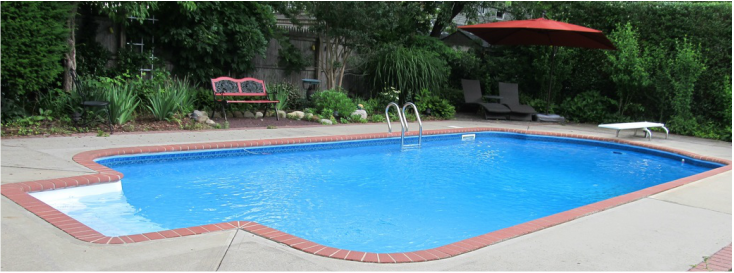

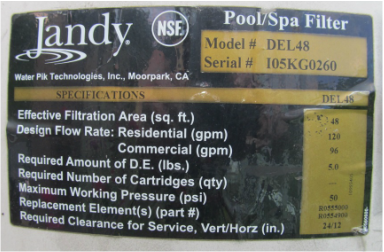
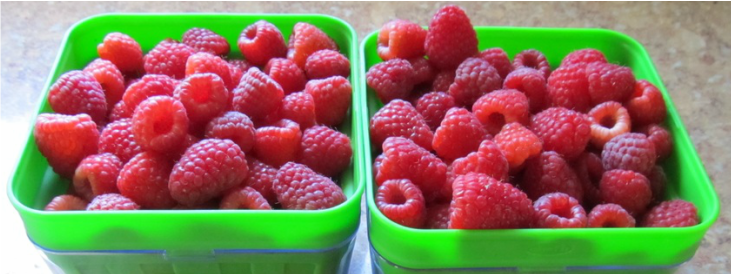

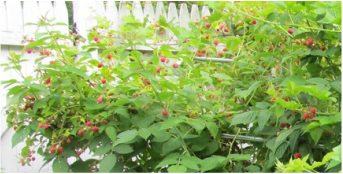
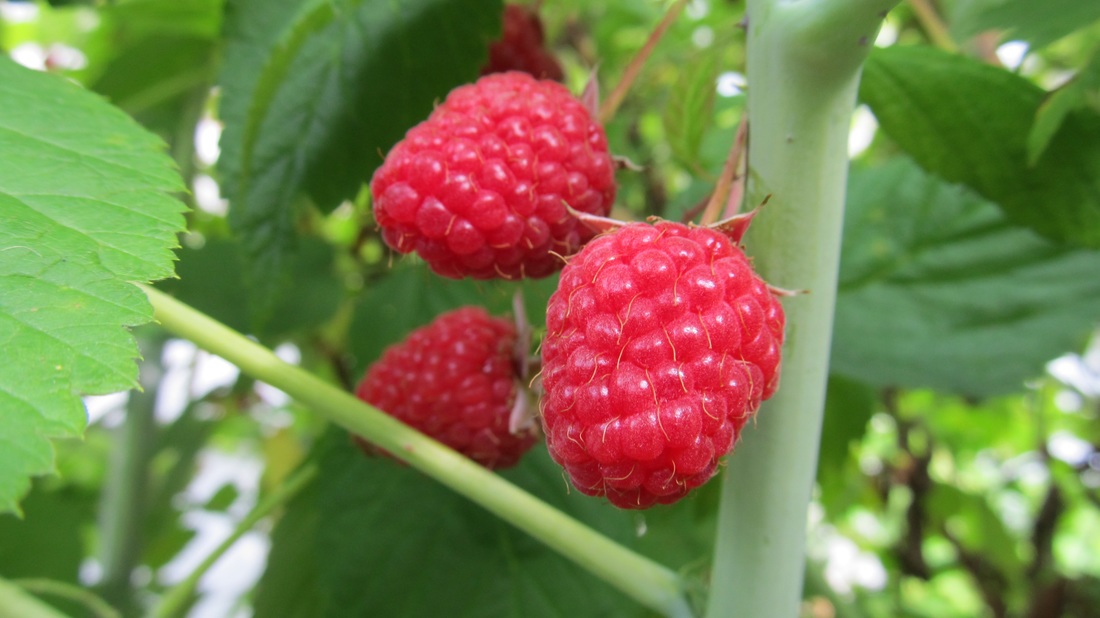
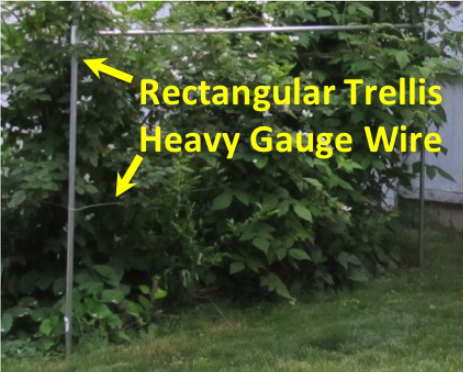


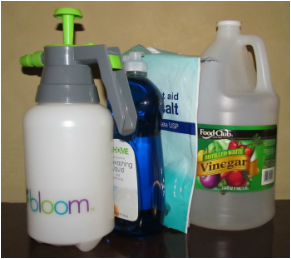
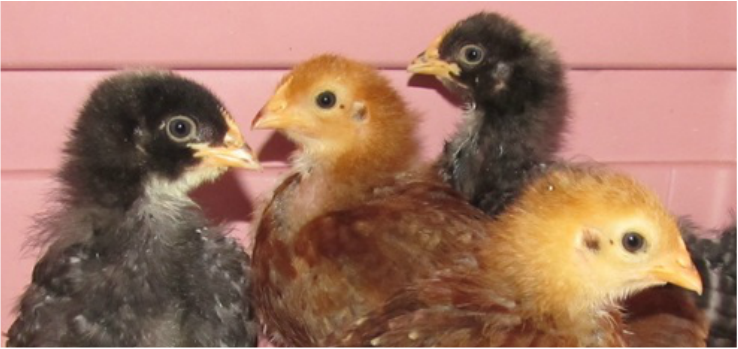
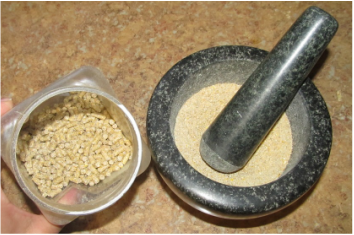
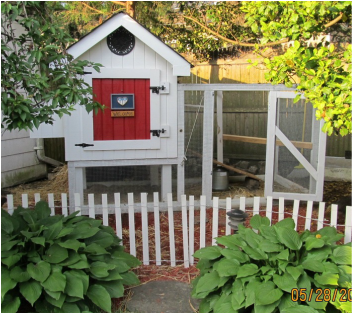
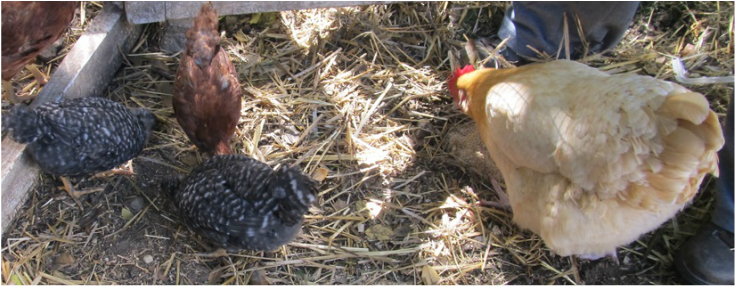

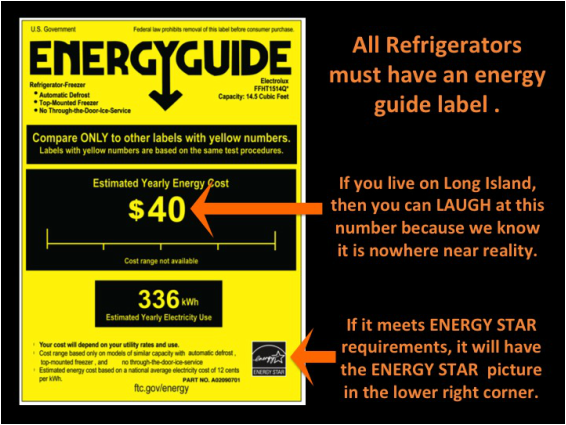
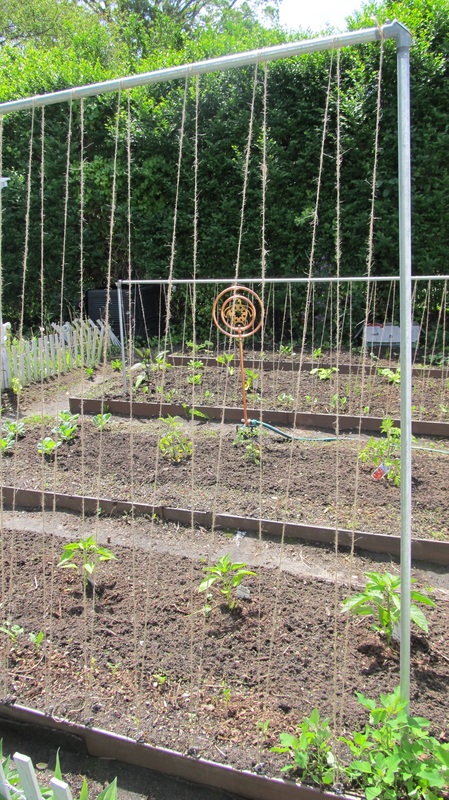

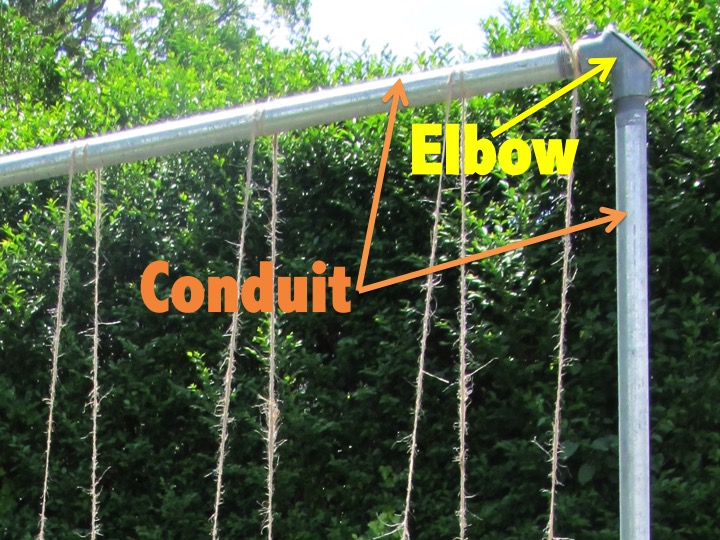
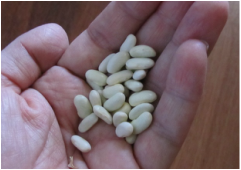
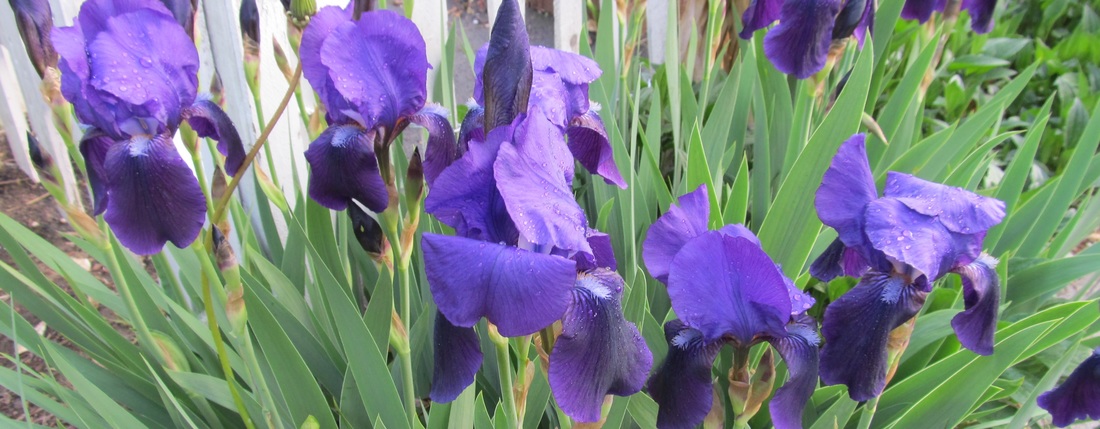

 RSS Feed
RSS Feed